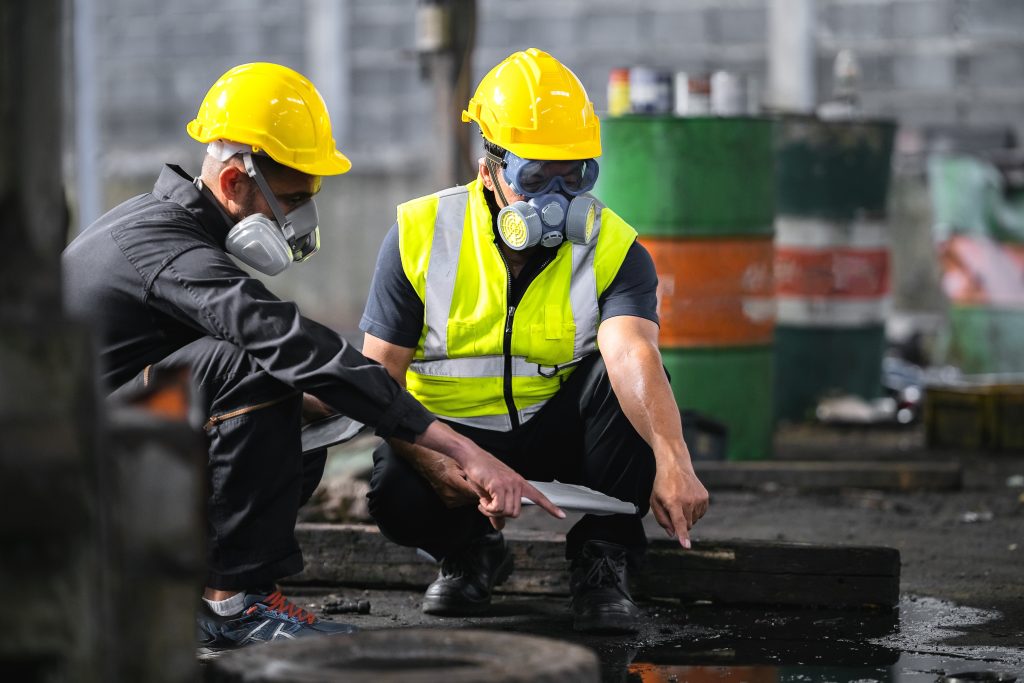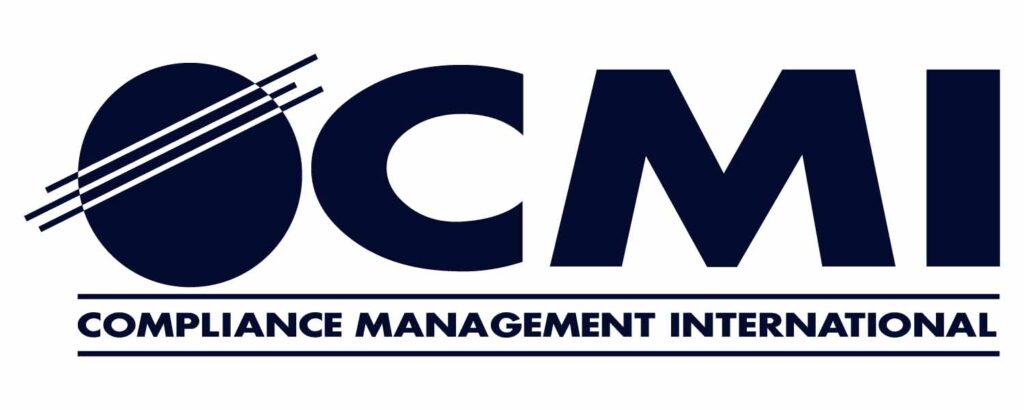
Water hazards in the workplace present significant risks, often requiring stringent safety measures. The Occupational Safety and Health Administration (OSHA) sets forth regulations to ensure worker safety regarding these hazards. Understanding and adhering to these regulations is crucial for employers in industries such as construction, maritime, and manufacturing. This article explores key OSHA regulations surrounding water hazards and offers practical tips for compliance across multiple industries.
Understanding Water Hazards
Water hazards encompass a range of risks including drowning, slipping, falling, and exposure to hazardous substances. These risks are prevalent in workplaces near bodies of water, such as docks, piers, and construction sites with various water hazards. Recognizing these hazards is the first step toward creating a safer work environment.
Key OSHA Regulations
General Duty Clause (Section 5(a)(1)): OSHA’s General Duty Clause mandates that employers provide a workplace free from recognized hazards likely to cause death or serious physical harm. This broad regulation covers water hazards by requiring employers to implement safety measures tailored to their specific workplace risks.
29 CFR 1910.28 and 29 CFR 1926.501: Duty to Have Fall Protection and Falling Object Protection: For workplaces where employees are exposed to fall hazards , such as bridges or docks, OSHA requires fall protection systems. Guardrails, safety nets, and personal fall arrest systems are essential to prevent falls into water.
29 CFR 1915.73 – Guarding of Deck Openings and Edges: In shipyard employment, OSHA requires guarding of deck openings and edges to prevent employees from falling into water. Proper barricades and guardrails must be in place.
29 CFR 1926.106 – Working Over or Near Water: For the construction industry, OSHA specifies that when employees work over or near water, they must be provided with U.S. Coast Guard-approved life jackets or buoyant work vests. Additionally, ring buoys with at least 90 feet of line and a lifesaving skiff must be readily available. The distance between buoys should be no more than 200 feet.
In addition to reviewing the regulations, it is also important to take a deep dive into the intent and interpretations. For example, if a fall hazard is controlled (i.e., continuous fall protection is utilized), life jackets or buoyant vests are not required. However, when safety nets are employed as fall protection, OSHA does require the use of personal flotation devices and other provisions outlined in 29 CFR 1926.106. Each workplace task should be proactively reviewed and planned according to the hierarchy of controls.
Implementing Effective Safety Measures
The following steps should be taken to ensure that all water hazards are identified and controlled.
- Risk Assessment: Conduct thorough risk assessments to identify water hazards in your workplace. Evaluate the nature of the water hazard, the potential for employee exposure, and the severity of the risks involved. Develop and implement control measures that follow the hierarchy of controls.
- Training and Education: Provide comprehensive training programs to educate employees on the dangers of water hazards and the proper use of safety equipment. Regular drills and emergency response training can enhance preparedness.
- Engineering Controls: Implement engineering controls such as guardrails, barriers, and secure walkways to minimize the risk of falling into water. Ensure these controls are maintained and inspected regularly.
- 4. Personal Protective Equipment: Provide employees with appropriate PPE, including life jackets, non-slip footwear, and waterproof clothing. Ensure that PPE is in good condition and readily accessible.
- Emergency Preparedness: Develop and implement emergency response plans tailored to water hazards. Ensure that rescue equipment, such as ring buoys and lifeboats, is available and employees are trained in rescue operations.
Adhering to OSHA regulations surrounding water hazards is vital for maintaining a safe workplace. By understanding the specific regulations, conducting thorough risk assessments, and implementing effective safety measures, employers can protect their workforce from the dangers posed by water hazards. Continuous training, vigilance, and preparedness are key components of a robust safety program, ensuring compliance with OSHA standards and safeguarding employees’ well-being.
Written by: Bill Wagner, Associate Health & Safety Specialist
Questions? Contact us



